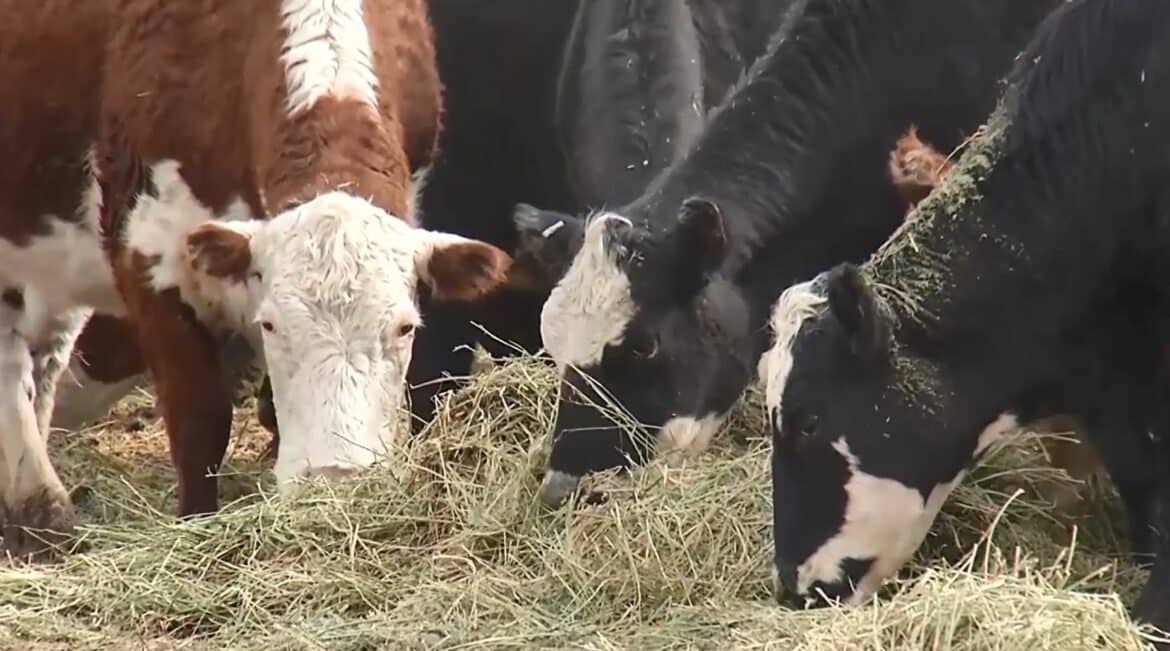Today’s high culling numbers and ongoing drought across key cattle-producing regions underscore how important it will be for producers to find easy ways to hold down their feed costs going into the winter.
N.T. Cosby, senior consulting nutritionist with Purina Animal Nutrition, recently shared his top five ways to cut feed costs, with a goal of being able to cut costs without sacrificing performance.
“Decisions made today can affect calf weaning weights this year, how quick a cow will rebreed and calve next year, and even the weight of her next year’s calf,” said Cosby in a report from Purina.
Cosby encouraged producers to focus on these key management strategies:
1. Store Feed Properly
Feed loses both volume and nutritional value as it is stored. Cosby said producers can avoid this by harvesting haylage and silage at the right moisture levels and ensuring proper fermentation by storing in an anaerobic environment and utilizing inoculants. Inside storage is ideal, but not always feasible. Help preserve quality by storing feed on a surface that will drain and spacing out bales to allow more air movement and drying.
2. Track Storage Times
If a producer is feeding wet byproducts, Cosby said, it’s especially important to remember that distillers grains and gluten have to be fed within four days in the summer and within a week in the winter.
3. Maximize Grazing
Strategic grazing can go a long way toward increasing carrying capacity where forages are available. This reduces dependence on harvested and/or stored feed. Cosby said one way to encourage grazing in underutilized range or pasture is by placing supplements like blocks, protein tubs or liquid supplements there.
4. Fine-Tune Mineral Intake
Consistent intake of a good-quality mineral supplement is key to a well-balanced nutritional program. With this, intake is where improvements are usually possible. “If a mineral isn’t being consumed, the rancher has paid for something that is giving no return,” said Cosby. “If the mineral is overconsumed, the cost per day may exceed the value returned.” The best way to achieve a goal consumption rate is by monitoring and adjusting the number and location of feeders.
5. Avoid Hay Waste
Free choice access of hay to cattle can result in 25% to 45% waste due to sorting, trampling and soiling, according to a study from the University of Nebraska. Feed hay in smaller amounts, in well-drained areas, and consider use of hay rings or hay traps.
“The cow-calf business,” wrote Cosby, “is more of a marathon than a sprint. Cutting extra input costs from waste and inefficiency can allow you to make your feed dollars work harder now and keep you operation on track for long-term goals.”
###
DTN


